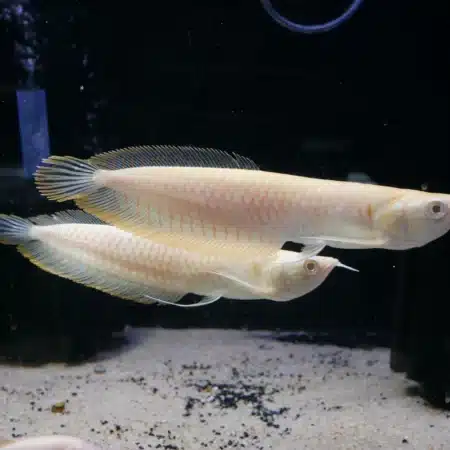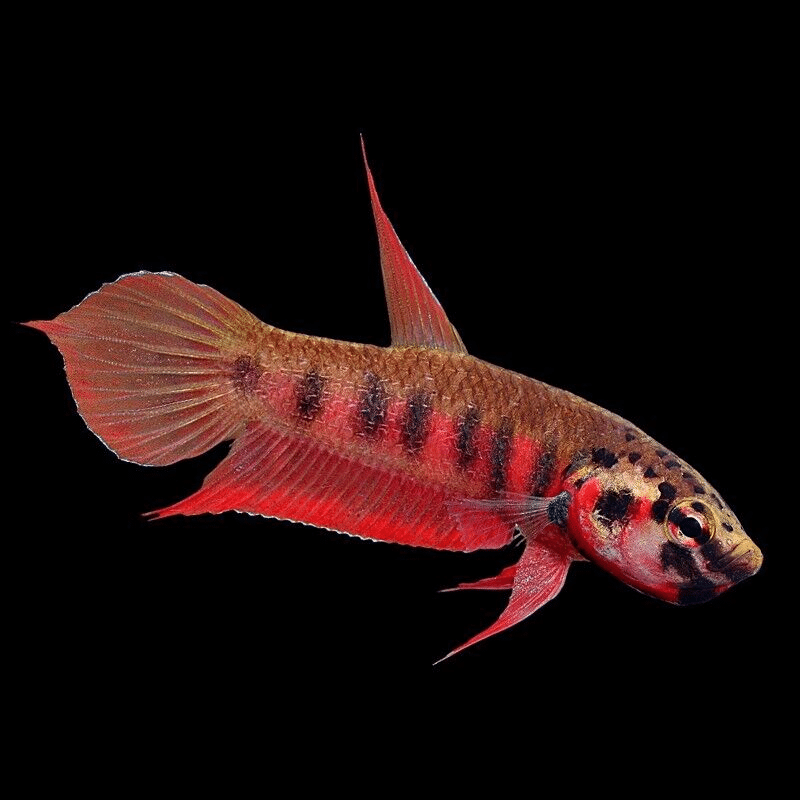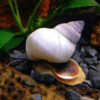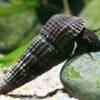-
×
-
×
-
×
Silver Albino Arowana – Osteoglossum bicirrhosum Albino, Beautiful Exotic Tropical Fish, Perfect for Enthusiasts Seeking Peaceful Tank Mates and Enriching Aquarium Environments, Thriving and Low Maintenance 1 × £1,000.00
-
×
Purple Vampire Crab - Geosesarma Dennerle - Decapod Crustacean 1 × £7.74
-
×
-
×
-
×
-
×
-
×
Subtotal: £1,250.65



 Silver Albino Arowana – Osteoglossum bicirrhosum Albino, Beautiful Exotic Tropical Fish, Perfect for Enthusiasts Seeking Peaceful Tank Mates and Enriching Aquarium Environments, Thriving and Low Maintenance
Silver Albino Arowana – Osteoglossum bicirrhosum Albino, Beautiful Exotic Tropical Fish, Perfect for Enthusiasts Seeking Peaceful Tank Mates and Enriching Aquarium Environments, Thriving and Low Maintenance  Purple Vampire Crab - Geosesarma Dennerle - Decapod Crustacean
Purple Vampire Crab - Geosesarma Dennerle - Decapod Crustacean 















Emily Carter (verified owner) –
I recently purchased a male and female Betta Rubra ‘Aceh’ from this store, and I couldn’t be happier! As an experienced hobbyist, I appreciate the vibrant colors and unique patterns these wild betta fish showcase. They arrived just a week ago, and I was impressed with the careful packaging – they were in perfect health upon arrival.
What I love most is their interactive nature; it’s clear they have personality! Watching them explore their new tank and establish a territory has been a delightful experience. Unlike my previous bettas, these mouthbrooders are fascinating to observe as they exhibit nurturing behaviors, which gives me a deeper appreciation for their natural instincts.
While I’ve had great experiences with other aquarium fish, the Betta Rubra truly stands out for its captivating behavior and beauty. If you’re looking for a stunning and engaging pair of fish for your aquarium, I highly recommend these. Just be mindful of their need for slightly acidic water and plenty of hiding spots – a little extra care goes a long way in keeping them happy!
Overall, this purchase was a joy, and I’ll definitely be back for more aquatic friends soon!
Emily Roberts (verified owner) –
I recently purchased a pair of Betta Rubra «Aceh» for my community tank, and I couldn’t be happier! These vibrant wild Betta fish have added such a splash of color and personality to my aquarium. After just two weeks, I’ve seen them thrive in their environment. They are mouthbrooders, which is fascinating to observe, and they get along well with my other tropical fish!
Shipping was fast, and they arrived in excellent condition, thanks to careful packaging. I appreciate the focus on fish welfare from this seller. The male and female pair I received are healthy and active, showcasing beautiful colors that really stand out. Compared to other Betta species I’ve kept, the Rubra are definitely more interactive and engaging.
One small note is that they do require a bit more attention to water quality than some more common Betta types, so be ready for some extra maintenance. However, that’s a small price to pay for such stunning fish. I wholeheartedly recommend Betta Rubra to anyone looking to create a vibrant aquarium environment. They would be perfect for both beginners and seasoned aquarists! They’ve truly become the stars of my tank.